by Laura Collins

We’ve barely begun “algae season,” and southwest Montana is already experiencing earlier and more widespread algae blooms in its waterways. Algae blooms can be toxic to humans and animals, but even non-toxic varieties can deoxygenate and destabilize aquatic ecosystems already stressed by the impacts of climate change, warming waters, and low flows.
Nutrient pollution stems from a number of sources. In urban areas, nutrient runoff from conventional lawn care and wastewater treatment are key factors in causing large algae blooms. Rural areas heavy with agricultural operations and individual septic systems suffer from high nitrate contamination in ground and surface waters, threatening downgradient water quality and human health. Encouraged by legal loopholes, high concentrations of residential septic systems and wells result in nutrients being leached into surface and groundwater while also overdrawing aquifers.
Without science-based statewide management, we face irreparable harm to both our water resources and our constitutional environmental rights. DNRC’s weak attempt to fix it failed in the legislature but we can’t keep waiting while the problem becomes a bigger crisis. MEIC is working together with partners to explore ways to finally get serious about finding the solution.
It’s clear that relentless pressure remains necessary to achieve basic water protections and end the prolific abuse of exempt wells. Otherwise, we may find ourselves wading through murky green summers for seasons to come.
This article was published in the September 2025 issue of Down To Earth.

